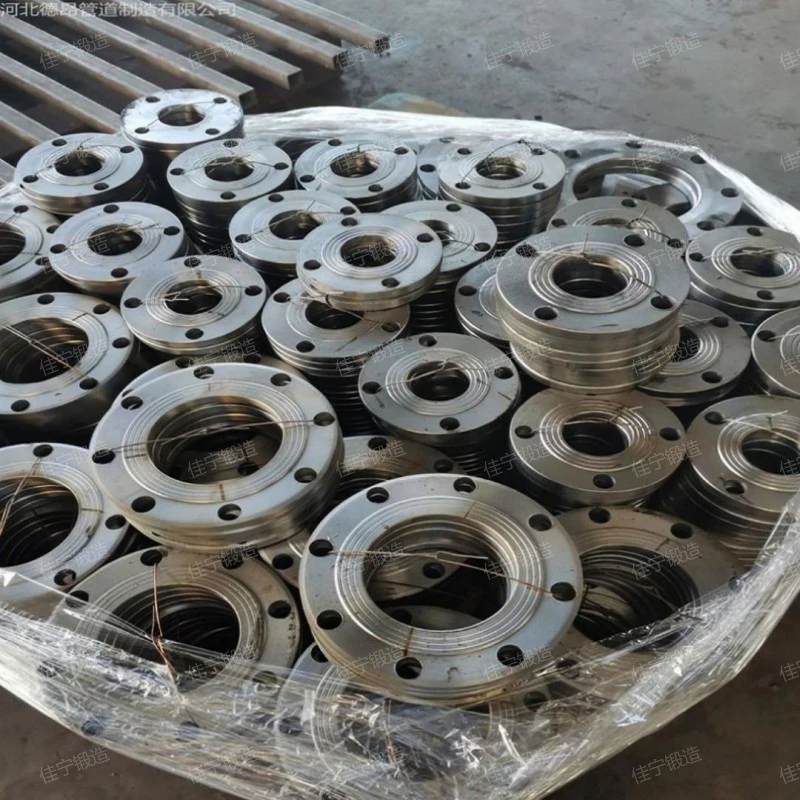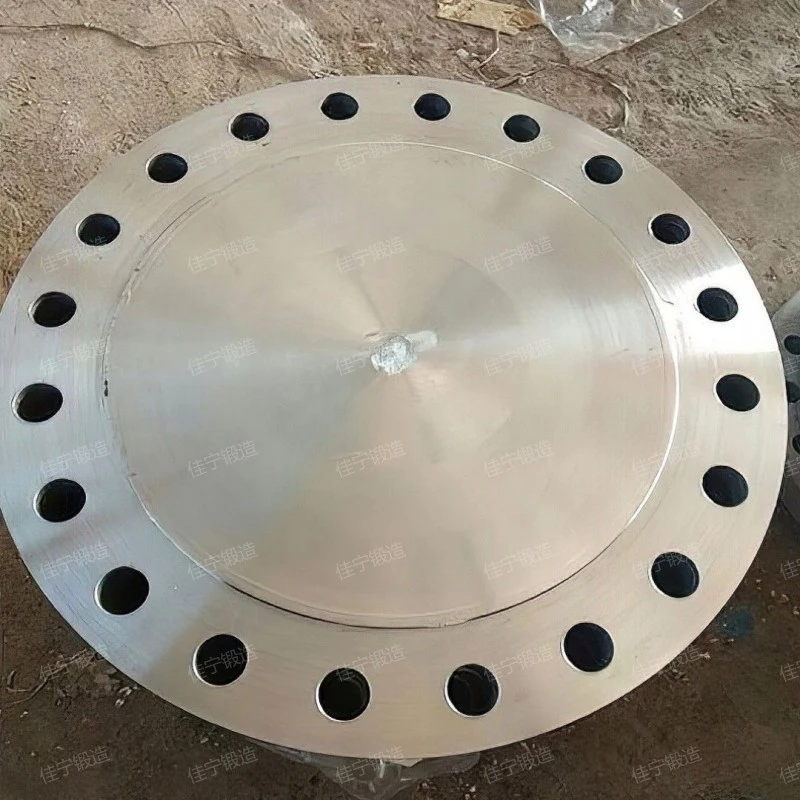Introduction to Forged parts of piston rod and forging advantages and features
Forged parts of piston rodis a workpiece or blank obtained by forging and deforming a metal blank.,the advantage is Forging machinery can be used to exert pressure on the blank to make it deform plastically, so as to obtain certain mechanical properties.、By forging, not only mechanical parts can be obtained, but also the internal structure of metal can be improved, and the mechanical and physical properties of Forged parts of piston rod can be improved.、Forging can be used to exert pressure on the blank, so that it can produce plastic deformation and change its mechanical properties.、Forging can not only obtain the shape of mechanical parts, but also improve the internal structure of metal and improve the mechanical and physical properties of metal.、Forging machinery can be used to exert pressure on the blank to make it deform plastically, so as to obtain certain mechanical properties.。
1、Brief introduction of Forged parts of piston rod
Forged parts of piston rodforging equipment is used to apply external force to the blank, so that the metal blank is plastically deformed, so as to obtain forgings with required geometric shape and quality.,the product looks beautiful.,the main features are Great forging flexibility, High production efficiency, high-precision, Save raw materials and high tenacity。

Forged parts of piston rod
2、Functional advantages of Forged parts of piston rod
Forged parts of piston rods have the following advantages.
- High degree of automation
- High dimensional accuracy
- Optimizing structural design
- Meet the requirements of complex working conditions
- Good fatigue resistance.
Modern forging equipment has a high degree of automation, which can realize continuous and efficient production and greatly improve production efficiency.
In the forging process of Forged parts of piston rod, high dimensional accuracy and shape accuracy can be obtained through the precise forming of dies.
On the premise of ensuring the design strength, through reasonable structural design, the Forged parts of piston rod can be lighter than the casting, thus reducing the overall weight of the machine or equipment and reducing energy consumption and cost.
The Forged parts of piston rod has excellent mechanical properties and structural integrity, which can meet the use requirements under complex working conditions and ensure the long-term stable operation of the equipment.
The particle flow inside the Forged parts of piston rod flows precisely along the contour of the part, and these continuous streamline lines are beneficial to reduce the incidence of fatigue or common faults.

Forged parts of piston rod
3、Forged parts of piston rod characteristics
Forged parts of piston rodfeatures include Good mechanical properties, High productivity, Good anti-fatigue performance, Can bear large impact force or heavy load. and high-intensity,is a common Forged parts of piston rod,the product looks beautiful.,is a Forged parts of piston rod newly developed by Jianing。

Forged parts of piston rod
4、Video analysis of Forged parts of piston rod
Jianing forging provides customers with on-site high-definition video, fully demonstrates the advantages of on-site productt operation, and helps customers to deeply understand the Forged parts of piston rod production process and production site, and gain favorable comments and recognition from customers.。
Forged parts of piston rod
As you can see from the live video.,Jianing forging is a kind of high quality and low price Forged parts of piston rod。
5、Forged parts of piston rod performance advantage
The advantages of Forged parts of piston rod are as follows:
- high tenacity
- Replace other processing methods
- Improve material utilization rate
- High dimensional accuracy
- Reduce the amount of subsequent processing
The fiber structure of the Forged parts of piston rod is reasonably distributed, which improves the toughness of the material and enables the Forged parts of piston rod to bear greater impact force and alternating stress.
In some cases, Forged parts of piston rod can replace parts produced by other processing methods (such as casting, welding, etc.), thus simplifying the production process and improving production efficiency.
In the process of Forged parts of piston rod production, through accurate blanking and forging process, the utilization rate of raw materials can be maximized and waste can be reduced.
In the forging process of Forged parts of piston rod, high dimensional accuracy and shape accuracy can be obtained through the precise forming of dies.
The forming precision of the Forged parts of piston rod is high, and the subsequent processing amount is relatively small, thus saving the processing cost and time.

Forged parts of piston rod
Forged parts of piston rodthe product looks atmospheric.,plastic deformation is made to obtain forgings with certain shapes and mechanical properties.。
Related recommendation
-

Introduction to Orifice plate threaded flange cover, advantages, characteristics and principles of flange
2025-5-26 -

What is a Flat welding flange plate for orifice plate? Introduction to the Working Principle of flange
2025-5-26 -

What is a Aluminum alloy disc forgings? Introduction to the Working Principle of forging
2025-5-26 -

What is a High manganese steel forgings? Introduction to the advantages and characteristics of forging functions
2025-5-26 -

Introduction to Knife ring forging, advantages, characteristics and principles of forging
2025-5-26 -

What is a High pressure oil cylinder end cover forging parts? Introduction to the advantages and characteristics of the forging
2025-5-26 -

Introduction to 12Cr1MoV butt welded flange ring, advantages, characteristics and principles of flange
2025-5-26 -

Introduction to Shaft sleeve forgings, introduction to forging function advantages and characteristics
2025-5-26 -

What is a Flat welding protruding flange? Introduction to the principle of flange structure
2025-5-26 -

What is a Nut flat welding flange cover? Introduction to the advantages and characteristics of flange functions
2025-5-26




